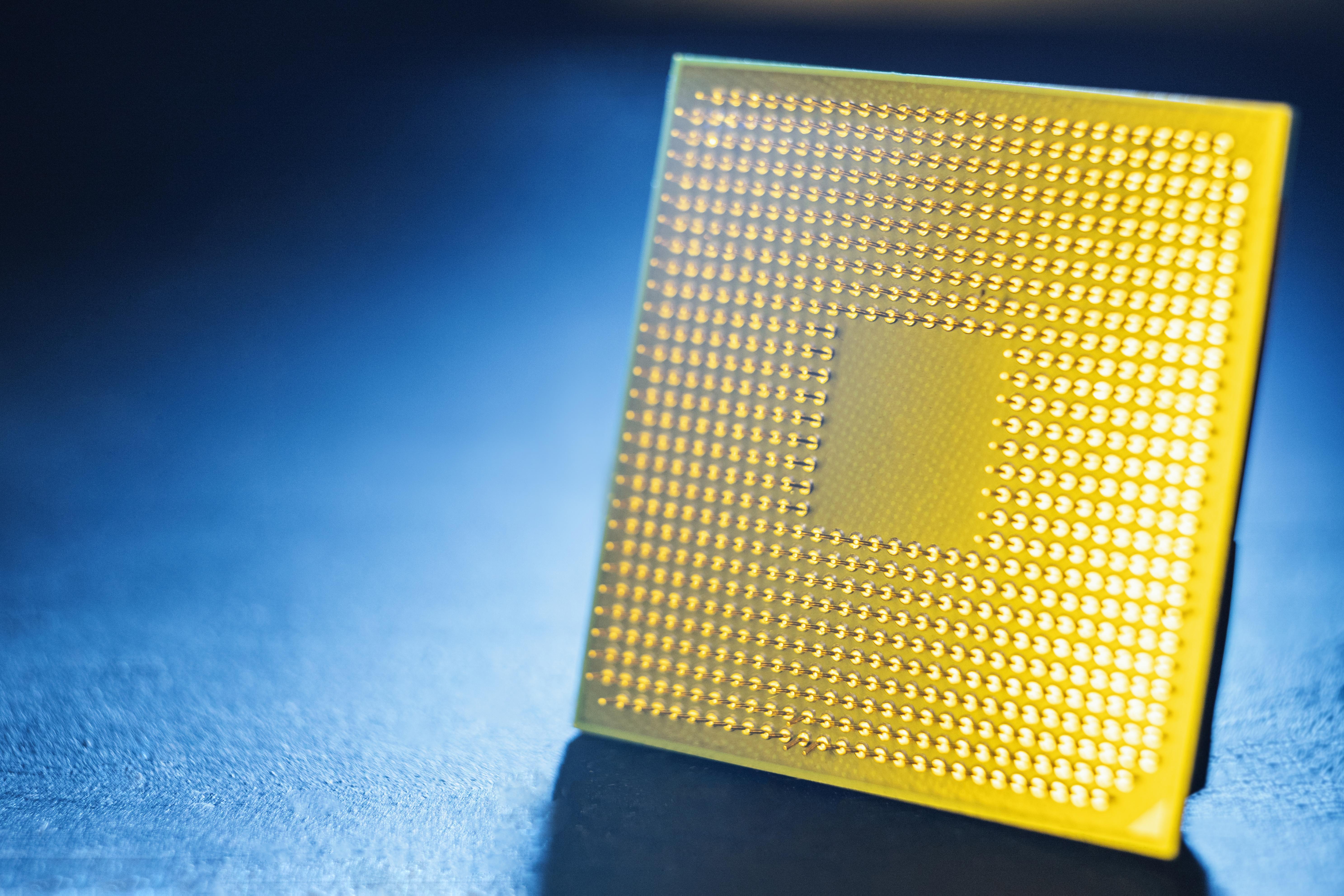Image by DC Studio on Freepik
In today's rapidly evolving technological landscape, the field of brain-computer interfaces (BCIs) stands at the forefront of scientific innovation, offering a remarkable fusion of neuroscience and engineering. These groundbreaking devices have the power to translate complex neural signals into commands capable of controlling external software, hardware, or even robotic systems. As we delve into the realm of BCIs, we uncover a world of possibilities, where individuals with motor or sensory impairments can regain autonomy, and the boundaries of human capabilities are redefined.
The Transformative Impact of BCIs
Brain-computer interfaces have the potential to revolutionize the lives of those with unmet medical needs, particularly individuals living with quadriplegia or other mobility-limiting conditions. By harnessing the power of neural signals, these innovative devices offer a direct pathway to control computers, mobile devices, and potentially even prosthetic limbs or robotic assistants. This newfound ability to interact with the digital world through mere thoughts represents a monumental stride towards restoring independence and enhancing quality of life.
Pioneering a New Frontier: Neuralink's Groundbreaking Approach
At the forefront of BCI innovation stands Neuralink, a company dedicated to redefining the boundaries of human capabilities. Their cutting-edge approach involves the development of a fully implantable, cosmetically invisible brain-computer interface designed to seamlessly integrate with the user's neural pathways. This pioneering technology aims to provide individuals with quadriplegia the remarkable ability to control computers and mobile devices through the power of their thoughts, empowering them to navigate the digital realm with unprecedented ease.
Fig 1: An exploded view of the N1 Implant
Credit: neuralink.com
The N1 Implant: A Marvel of Biocompatible Engineering
Neuralink's N1 Implant represents a remarkable feat of biocompatible engineering. Hermetically sealed in a specialized enclosure, this implant is designed to withstand physiological conditions far exceeding those found within the human body. Powered by a wirelessly charged battery, the N1 Implant houses advanced, custom-designed, low-power chips and electronics capable of processing neural signals and transmitting them wirelessly to the Neuralink Application.
Precision Threading: Minimizing Invasiveness, Maximizing Efficacy
One of the key innovations within the N1 Implant lies in its ultra-thin, highly flexible threads. These microscopic threads, each thinner than a human hair, are strategically distributed across the implant, enabling the recording of neural activity through an impressive 1024 electrodes. This innovative design not only minimizes potential damage during implantation but also ensures long-term biocompatibility, paving the way for a seamless integration between technology and the human body.
Fig 2: Practicing thread insertions into a surgical proxy designed to mimic the physical properties of the human head, including skin, skull, and brain.
Credit: neuralink.com
The Surgical Robot: Enabling Precise Implantation
To facilitate the intricate implantation process, Neuralink has developed a state-of-the-art surgical robot. This robotic system, designed with meticulous precision, is capable of reliably and efficiently inserting the ultra-fine threads of the N1 Implant exactly where they need to be. With its advanced optics, sensors, and a needle thinner than a human hair, this surgical robot represents a groundbreaking advancement in the field of neurosurgery, ensuring the accurate and safe placement of the implant's delicate components.
Fig 3: High-level representation of how the N1 Implant, N1 Charger, Neuralink Application, and R1 Robot interact (objects in diagram are not to scale).
Credit: neuralink.com
A Seamless BCI Experience: Fast, Reliable, and User-Friendly
Neuralink's vision extends beyond the mere development of cutting-edge hardware; they have also crafted a seamless brain-computer interface (BCI) experience that prioritizes ease of use, speed, and reliability. By decoding the neural data stream into actionable commands and intentions, the Neuralink Application enables fast and intuitive computer control, empowering users to navigate digital environments with unprecedented fluidity.
Restoring Capabilities: Vision, Motor Function, and Speech
While the initial focus of Neuralink's BCI technology lies in providing individuals with quadriplegia the ability to control computers and mobile devices, their ambitions extend far beyond this groundbreaking milestone. In the future, the company aims to restore capabilities such as vision, motor function, and speech, ultimately expanding the boundaries of how we experience and interact with the world around us.
Clinical Trials, Ethical Considerations and Responsible Innovation
To further advance their pioneering research and development efforts, Neuralink has established a Patient Registry, inviting individuals with quadriplegia to explore the potential of their brain-computer interface technology. Through this collaborative approach, Neuralink aims to gather invaluable insights and data, paving the way for groundbreaking clinical trials and accelerating the pace of innovation within the BCI field.
As with any groundbreaking technology, the development and implementation of brain-computer interfaces raise important ethical considerations. Issues surrounding privacy, data security, and the potential for misuse or unintended consequences must be carefully addressed. Neuralink, along with the broader scientific community, is committed to upholding the highest ethical standards, ensuring that BCI technology is developed and deployed in a responsible and transparent manner, prioritizing the well-being and autonomy of individuals.
The Future of BCIs: Expanding Human Potential
As we look towards the future, brain-computer interfaces hold the promise of revolutionizing not only the field of medicine but also our understanding of the human mind and its vast potential. By bridging the gap between neural activity and external systems, BCIs offer a gateway to new realms of exploration, where the boundaries between thought and action blur, and the limits of human capability are continuously redefined. With the combined efforts of visionary companies like Neuralink and the broader scientific community, the future of brain-computer interfaces shines brighter than ever, promising a world of unprecedented possibilities.
References
[1] https://www.nature.com/subjects/brain-machine-interface
[3] https://neuralink.com







Post comments